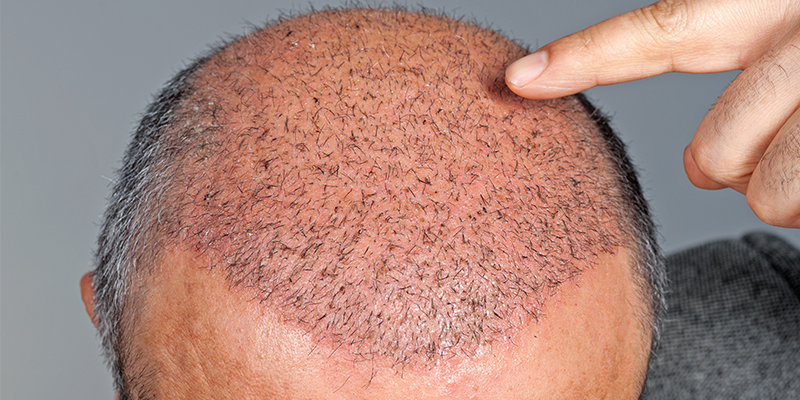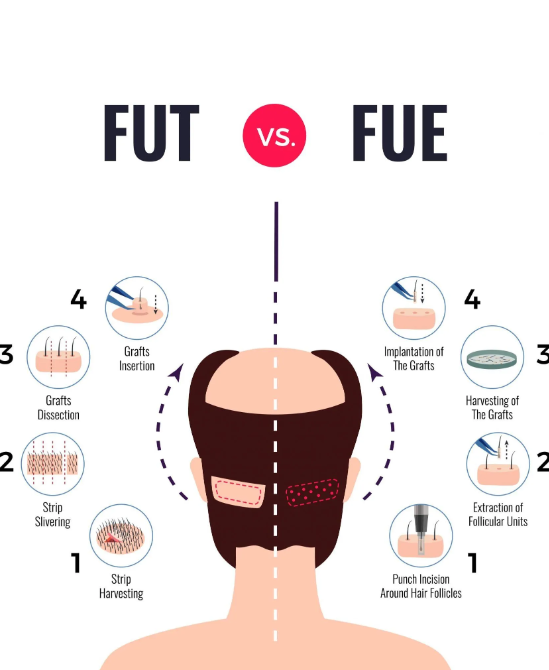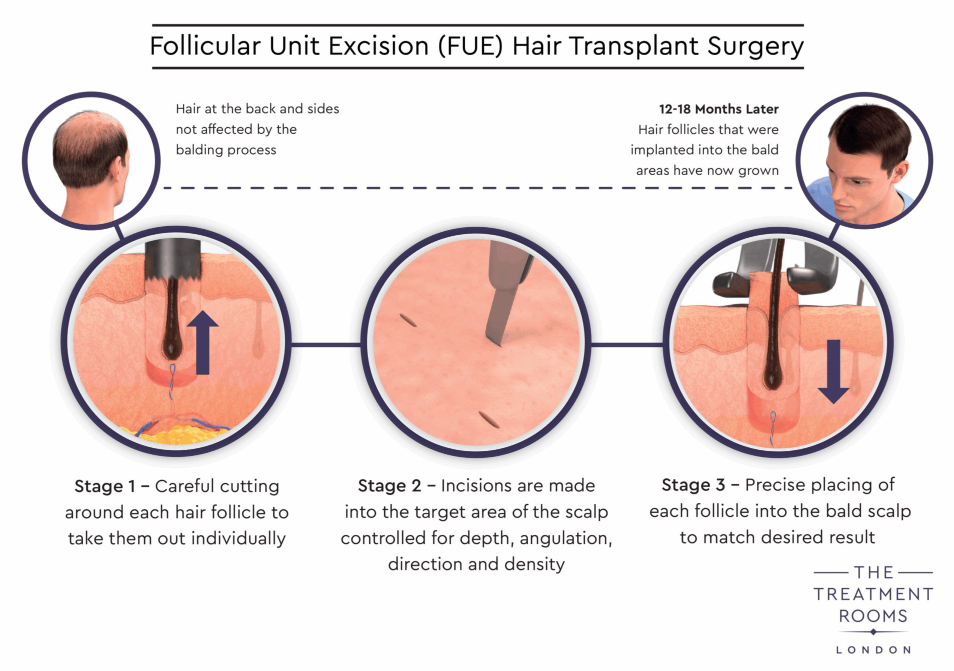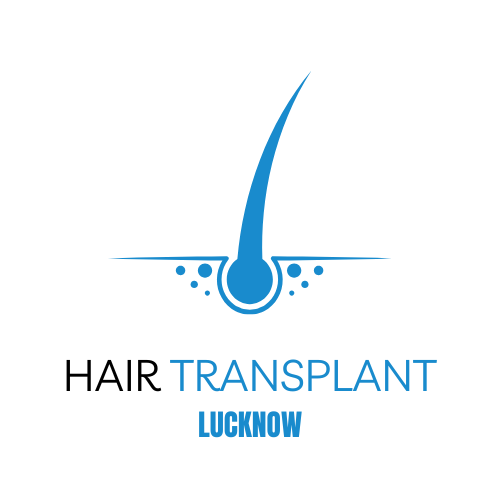Hair transplantation is a surgical procedure that moves hair follicles from one part of the body, typically the back or sides of the scalp, to areas experiencing hair thinning or loss. This method is generally considered a long-lasting solution for hair loss.
The transplanted hair continues to grow naturally in its new location, maintaining its characteristics from the donor site. However, whether is hair transplant permanent is a question many ask. While, natural aging and genetic factors may influence hair density over time. Let’s get into the details.

How Does Hair Transplantation Work?
The success of a hair transplant largely depends on the survival rate of the transplanted follicles. Studies indicate that approximately 90-95% of transplanted grafts successfully take root and grow in the recipient area.
This high success rate underscores the effectiveness of hair transplantation as a solution for hair loss. However, individual results can vary based on factors such as the surgeon’s expertise, the patient’s health, and adherence to post-operative care instructions.
The process involves harvesting hair follicles from a donor area and implanting them into the balding or thinning regions. The two primary techniques are:
- Follicular Unit Transplantation (FUT): A strip of scalp is removed from the donor area, and individual follicular units are dissected and transplanted to the recipient site.
- Follicular Unit Extraction (FUE): Individual hair follicles are extracted directly from the donor area and implanted into the thinning regions.
Both methods aim to achieve natural-looking results, with the choice depending on personal needs and surgeon recommendations.
Which Hair Transplant Procedure Offers Long-Lasting Results?
The longevity of a hair transplant largely depends on the technique used and individual factors. FUE is widely regarded as the gold standard in hair restoration, offering natural-looking results with minimal scarring. This method allows patients to wear their hair in any style without visible scars. However, the best procedure varies per person, and consulting with a qualified surgeon is essential to determine the most suitable approach.
Post-Transplant Care for Lasting Results
Proper aftercare is crucial to ensure the longevity of a hair transplant. Recommendations include:
- Gentle Handling: Avoid touching or scratching the transplanted area.
- Medication Adherence: Use prescribed medications to prevent infection and aid healing.
- Sun Protection: Shield the scalp from direct sunlight to prevent damage.
- Healthy Lifestyle: Maintain a balanced diet and avoid smoking, as overall health impacts hair growth.

Factors Influencing Transplant Longevity
While transplanted hair is generally permanent, several factors can affect its durability:
- Age: Natural aging may lead to changes in hair density.
- Genetics: Underlying genetic predispositions can influence hair loss patterns.
- Hair Care Practices: Proper hair care and maintenance play a role in preserving transplant results.
Frequently Asked Questions
Is a hair transplant suitable for everyone?
Not necessarily. Ideal candidates are those with sufficient donor hair and a stable pattern of hair loss. A consultation with a hair restoration specialist is essential to determine suitability.
How long does it take to see the full results?
Typically, new hair growth becomes noticeable within three to four months, with full results evident after 12 to 18 months.
Are there any risks associated with hair transplantation?
As with any surgical procedure, there are potential risks, including infection, scarring, and uneven hair growth. Choosing an experienced surgeon can minimize these risks.

Can I undergo multiple hair transplant sessions?
Yes, depending on the extent of hair loss and availability of donor hair, multiple sessions may be performed to achieve the desired density.
Will the transplanted hair require special care?
Initially, gentle care is necessary. Once fully healed, transplanted hair can be treated like natural hair, including regular washing and styling.
Hair transplantation offers a durable solution for hair loss, with proper technique selection and aftercare being pivotal for optimal, long-lasting results.
People considering this procedure should consult with qualified professionals to determine the most suitable approach for their specific needs and ensure adherence to post-operative care guidelines to maintain the health and appearance of the transplanted hair.
